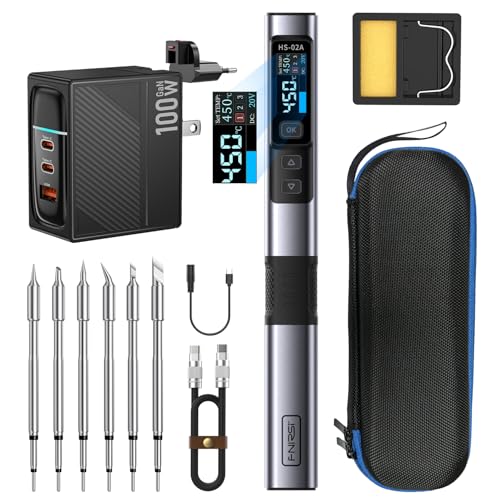ruffrecords
Well-known member
squib said:what is the effect of the inherent turn on and turn off response of the vactrol? With a 35mS release time, wouldn't it be generating significant distortion at low frequencies? Do you really want such a fast release? The opto cells in a LA2A had a much slower release or turn off time and indeed were hand graded to pick the few from any one batch that met the characteristcs required.
If I remember correctly, the turn on and turn off times are quoted at 40mA or 10mA currents and they lengthen considerably as the current lowers and the tests are also based on the opto being adapted at 40mA for 24hrs - hardly a realistic condition for a compressor. My design at present leads to a maximum current of about 2mA and in the listening tests I have done so far there seems to be no obvious distortion at low frequencies.
I used a VTL5C3 for this current project for a client simply because it had a high output impedance preamp driving the gain reduction element so the VTL5C3 seemed the better choice and so far seems to work. My earlier experiments were based on the VTL5C4 which has a much longer decay time of 1.5 secs although the specs themselves are a bit confusing as they insist on defining decay as the time to 100K despite the widely different nominal ranges of the opto resistance of the 5c3 and 5C4. I notice that at the end of the 5C3 and 5C4 data sheet there is a note that the 5C4 can be substituted by the Silonex NSL-32SR2. This device though seems to have a resistance at 0.1mA about one tenth of that of the 5C4. So the specs are confusing to say the least but that might be simply because the original application was intended to be remote antenna termination.
The bottom line is nothing is yet cast in concrete but you are right, the compression characteristics do depend very much on those of the opto cell.
Cheers
Ian




































